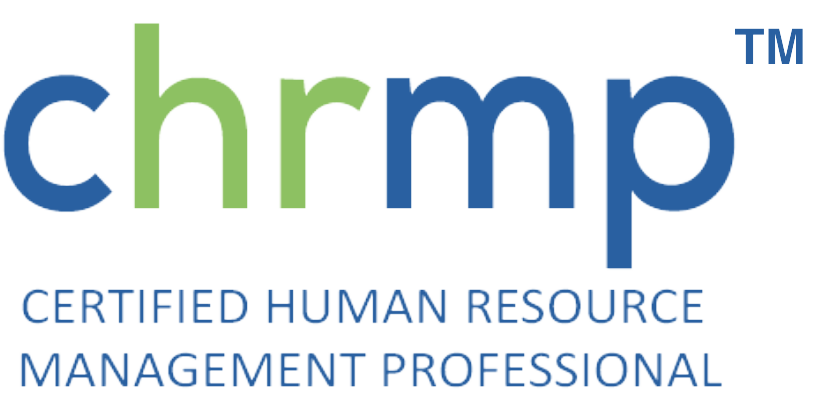The key to effective communication lies in a clear and compelling big idea that captivates the audience and inspires action. This big idea consists of two vital components: your perspective on the subject and the stakes involved. A vague topic won’t generate interest or motivation, so it’s essential to formulate a complete sentence with an active verb that highlights the audience’s role. By presenting a big idea that challenges the audience’s current position, you can motivate them to take action and embrace change.
To develop a compelling big idea for your presentation, follow these steps:
- Understand your audience: Learn about their needs, interests, and concerns to tailor your message accordingly.
- Identify the core message: Summarize your entire presentation into a clear and concise statement that you want your audience to remember.
- Create a unique perspective: Offer insights, experiences, or data that differentiate your message from what your audience already knows.
- Highlight the stakes: Communicate why your perspective matters and how it can help the audience achieve their goals or overcome challenges.
- Craft an actionable and emotional statement: Present your big idea as a complete sentence that conveys action and emotion, using vivid language and an active verb.
- Test and refine: Seek feedback from others to ensure your big idea resonates and addresses their needs.
- Organizing your thoughts is crucial for delivering a successful presentation. Follow these steps to structure your presentation effectively:
- Define your objectives: Determine what you want to achieve, the message you want to convey, and your target audience.
- Brainstorm your ideas: Generate a range of ideas related to your presentation without worrying about organization.
- Group your ideas: Identify common themes or relationships among your ideas to create a logical flow.
- Create an outline: Develop an outline with an introduction, body, and conclusion, ensuring each section supports your core message.
- Fill in the details: Support your main points with evidence, statistics, and examples, while tailoring the language and examples to your audience.
- Practice your delivery: Rehearse your presentation, focusing on body language, tone of voice, and timing, to increase confidence and effectiveness.
Filtering your ideas is crucial to ensure a clear and effective presentation. Focus only on the most relevant and impactful points to engage your audience. By filtering your ideas, you can create a concise and compelling presentation that resonates with your HR audience.
When preparing your presentation, organize your thoughts by defining your objectives, brainstorming ideas, grouping them into categories or themes, creating an outline, filling in the details, and practicing your delivery. By following these steps, you can develop a clear and compelling presentation that engages your audience and achieves your goals.
To engage and connect with your audience, strike a balance between analytical and emotional content. Consider the topic and audience to determine the appropriate approach. Use personal stories, metaphors, and easy-to-understand language to add emotional texture to analytical content. Craft memorable soundbites and avoid jargon to ensure your message is understood by everyone. By balancing analytical and emotional elements, you can effectively communicate and build credibility with your HR audience.
Remember, the success of your presentation depends not only on the knowledge you convey but also on what the listener receives. Organize your thoughts, filter your ideas, and deliver your message with conviction to create a lasting impact on your audience.

Responses